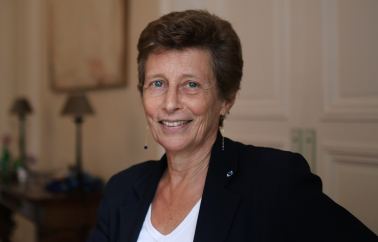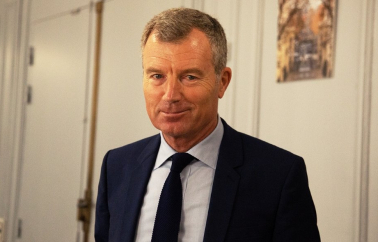
Working group C "Impact on economic and social policies" - by Christian De Boisdeffre, General Administrator of Public Finances (France)
Faced with the sharp rise in electricity and gas prices, French companies benefit from several aid schemes. This note provides a summary of these systems and their costing.
To support companies in the face of rising electricity prices, France has put in place a set of transversal and automatic support measures:
A reduction in the domestic tax on final electricity consumption to its minimum level for a cumulative budgetary cost estimated at €7.4 billion in 2022 and 2023 (companies part).
An exceptional delivery by EDF of additional volumes of electricity at a reduced price in 2022 (ARENH+), at a cost for public finances in national accounts of €5.2 billion (companies part). ARENH+ is in addition to the ARENH system, which in times of high prices represents an implicit transfer to companies [1], without direct budgetary cost.
An electricity tariff shield for small professionals (Micro-entreprises with power ≤36 kVA, who benefit from the same conditions as households) for an estimated budgetary cost of €2.5 billion in 2022 and 2023 (companies part).
An electricity buffer in 2023, intended for Micro-entreprises/SMEs not benefiting from the tariff shield, for a conventional budget cost [2] of approximately €2 billion (companies part).
To support the companies most affected by the increase in gas and electricity bills, France has set up more targeted assistance, from March 2022 (authorized until December 2023). This aid was put in place under the Temporary Crisis Framework (TCF) adopted by the Commission to support the economy in the context of the Russo-Ukrainian crisis. It is combined with transverse and automatic measurements. Following the changes to the TCF of October 28 (see appendix 2), the system has been significantly simplified and strengthened for September 2022 – December 2023. The current aid is made up of three components, all capped at 70% of electricity consumption in 2021, which cannot be combined by the same company over the same period:
A section dedicated to companies that are currently energy-intensive [3]. The aid is capped at €4 million per group and is equal to 50% of eligible costs [4].
A section dedicated to companies that are structurally energy-intensive [5] and in financial difficulty [6]. The aid is capped at €50 million per group and is equal to 65% of eligible costs.
A section dedicated to structurally energy-intensive companies, in financial difficulty and in a sector particularly exposed to international competition. The aid is capped at €150 million per group and is equal to 80% of eligible costs.
For the €50 and €150 million, the aid is capped so that post-aid EBITDA is capped at 70% of 2021 EBITDA, or €0 if 2021 EBITDA is negative.
Unlike transversal schemes, this aid makes it possible to target companies for which the increase in energy costs has been the highest compared to their turnover. According to the simulations, the quarter of companies whose additional energy costs are the highest in relation to their turnover benefit on average from aid of 15% [for SMEs] to 20% [for Big and Medium enterprises] of their additional costs in 2023. These rates are respectively 6% and 5% in the lower quartile.
Source: Ministry of Economy, Finance, Industrial and Digital Sovereignty
[1] This transfer would represent approximately €40 billion cumulatively over 2022 and 2023.
[2] Number retained conventionally in the finance bill for 2023, which has not been studied again at this stage.
[3] Whose gas and electricity costs over the eligible period exceed 3% of 2021 turnover.
[4] Eligible costs are the part of gas and electricity bills above a trigger threshold equal to 150% of the average unit price paid by the company in 2021.
[5] Whose ratio of gas and electricity costs to revenue was above 3% in 2021 or 6% in the first half of 2022.
[6] Companies whose EBITDA is negative or down 40% compared to 2021 EBITDA are eligible.



